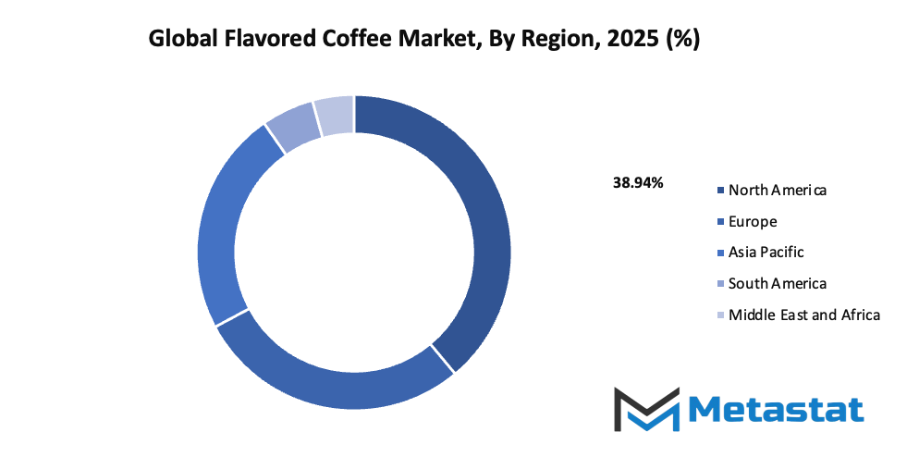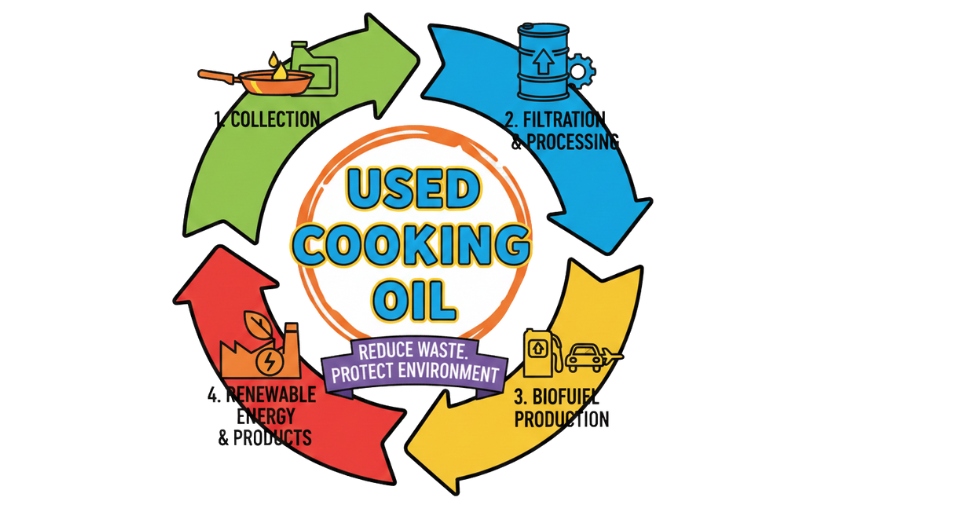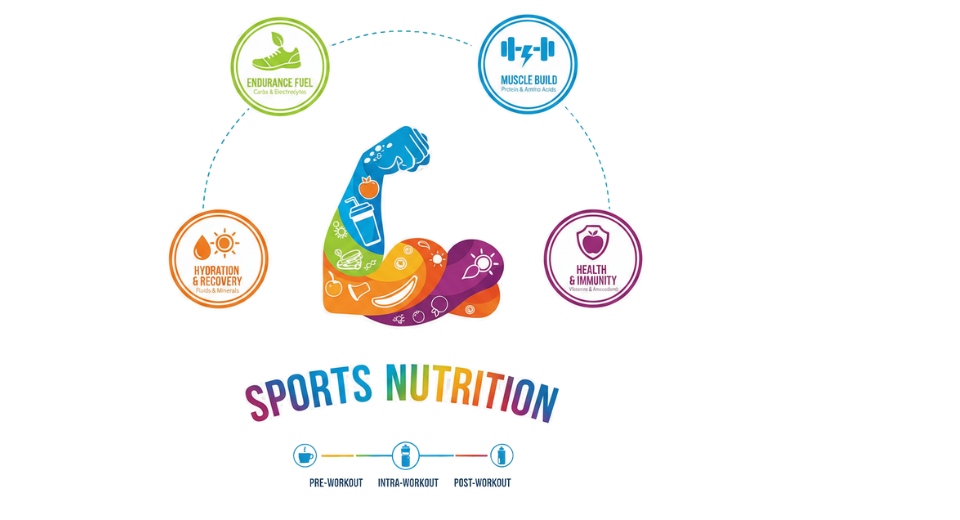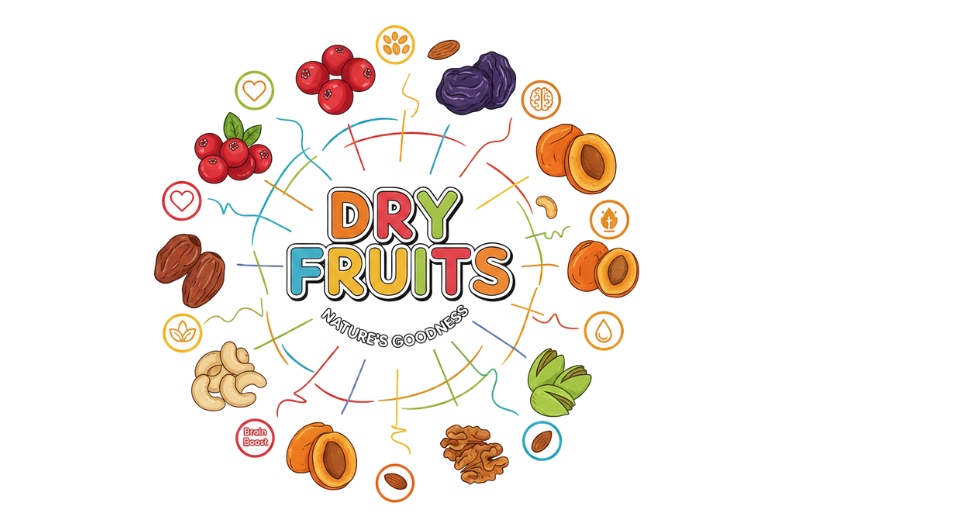Global Flavored Coffee Market - Comprehensive Data-Driven Market Analysis & Strategic Outlook
The global flavored coffee market to a thriving business that blended tradition, innovation, and evolving taste. Its beginnings started modestly in the early twentieth century when natural oils and spices were first added by European and North American coffee roasters to add more taste to straight brews. These early experiments were more art-based than commercial, usually limited to small coffeehouses or local in-house roasters in a region that catered to experimental coffee drinkers. Over time, as the culture of coffeehouses spread across continents, the idea of flavoring distinctive flavors such as vanilla, hazelnut, and caramel gained momentum.
- Global flavored coffee market to size approximately USD 222.7 million in 2025, with a growth rate of approximately 6.2% CAGR from 2032 and potentially exceeding USD 339.5 million.
- Ground Coffee hold approximately 23.4% of the market share, driving innovation and expanding uses through intense research.
- Major trends driving growth: Increasing Consumer Demand for Specialty Coffee, Increasing Demand for New and Innovative Coffee Experience
- Opportunities: Expanding Market for Artisan and Craft Flavored Coffees
- Central observation: The market is likely to expand at an exponential rate in value over the time period of a decade with high growth opportunities.
- Only in the late 1980s did global companies begin experimenting with flavored blends on a mass scale owing to rising demand for personalized drinks.

The entry of single-serve pods and high-end instant mixes was the inflection point that made it easy and consistent for flavored coffee to permeate homes and offices. The 1990s and early 2000s experienced another inflection point when giant café chains began offering seasonal and signature flavors that caused mass hysteria, forging emotional and cultural connections with customers. The global flavor coffee market will keep evolving as technology transforms the production and delivery of flavors. New roasting and infusing technologies will offer even more precision in terms of aroma and flavor control, and sustainable sourcing innovations will redefine the way it is sourced.
Consumer demand will keep evolving towards authenticity, cleaner labels, and origin traceability, and manufacturers will be compelled to rethink formulation and packaging strategy. Online consumer platforms and subscription mechanisms will extend the marketplace as well, opening up the direct connections between consumers and brands. Through humble beginnings to sophisticated modernity, the global flavored coffee marketplace will be a testament to lifestyle change and cultural acceptance towards exploration. Beginning as an attempt to infuse familiarity with personality will continue to evolve as an international conversation of identity, experience, and sensory pleasure. When younger generations head out in search of their morning cup for something unique, the market will keep changing blending craftsmanship, technology, and storytelling to shape the future of flavored coffee.
Market Segments
The global flavored coffee market is mainly classified based on Type, Category, Flavor Type, Distribution Channel.
By Type is further segmented into:
- Ground Coffee: Ground Coffee is a global market choice in favor of Flavored Coffee due to convenience of use and intense flavor preservation. Ground Coffee is for individuals who prefer fresh coffee preparation in restaurants or at home. With various forms of flavor and aromatized blends, it becomes increasingly attractive to regular coffee users.
- Instant Coffee: Instant Coffee has further driven the demand within the global flavored coffee market because it takes just minutes to prepare and has a longer shelf life. Convenience-oriented consumers typically prefer this type because it is convenient and ready to use. There also exist value-added forms with preserved flavor intensity and aroma similar to freshly prepared coffee.
- Coffee Beans: Coffee Beans are a high share of market due to being freshly ground and full of flavor. Those that grind their own coffee value the quality and variety this format provides. Unique blends with unique flavors have fueled some of the premium segment growth.
- Coffee Pods: Coffee Pods have increasingly dominated the market with convenience and reliability when it comes to producing quality brew. Pods are widely utilized in most homes and offices because of convenience and fewer wastes. Pod technology improvements and flavors continue to encapsulate their market close.
- Other: Some of the other segments in the market include liquids in concentrate format and ready-to-drink liquids that ensure portability and convenience. They respond to young consumers' requirements for quick and trendy drinks. Need for new taste profiles and new packaging drives this category's steady growth.
By Category the market is divided into:
- Organic: The Organic segment in the global flavored coffee market is expanding as consumers increasingly seek natural and environmentally friendly products. Sustainable sourcing practices and chemical-free cultivation have strengthened its reputation. This trend aligns with growing global awareness of health and ethical consumption.
- Conventional: The Conventional segment continues to dominate the market due to its affordability and widespread availability. Many consumers prefer traditional cultivation and familiar flavor varieties. Producers in this category focus on maintaining quality while meeting large-scale demand through efficient distribution channels.
By Flavor Type the market is further divided into:
- Chocolate: Chocolate-flavored coffee holds a strong position in the global flavored coffee market due to its rich and comforting taste. It combines two well-loved flavors, appealing to a wide consumer base. Brands often highlight its indulgent nature to attract both casual drinkers and coffee enthusiasts.
- Vanilla: Vanilla flavor is a classic favorite in the market, appreciated for its smooth and balanced taste. It adds a subtle sweetness that pairs well with different coffee strengths. Many producers use natural vanilla extracts to enhance aroma and quality perception.
- Hazelnut: Hazelnut-flavored coffee has established a loyal following in the market for its nutty and aromatic profile. The blend offers a pleasant warmth that complements both hot and cold coffee varieties. Its widespread appeal continues to encourage product innovation and flavor diversity.
- Other: Other flavor types in the global flavored coffee market include caramel, cinnamon, and seasonal blends. These variations cater to regional preferences and festive trends. Limited-edition releases and new combinations often attract consumers seeking fresh and unique taste experiences.
By Distribution Channel the global flavored coffee market is divided as:
- Supermarkets and Hypermarkets: Supermarkets and Hypermarkets play a major role in the global flavored coffee market by offering a wide selection of brands and flavors under one roof. The accessibility and frequent promotional offers in these outlets boost product visibility and consumer purchases.
- Convenience Stores: Convenience Stores contribute significantly to the market by providing quick access to single-serve and ready-to-drink options. Their widespread presence in urban areas makes them an important sales point for impulse purchases and regular coffee consumers.
- Online Retail: Online Retail has rapidly expanded within the global flavored coffee market, driven by digital shopping trends and home delivery convenience. E-commerce platforms enable consumers to explore a wide variety of products and compare prices easily. Subscription-based services further enhance consumer loyalty and market growth.
|
Forecast Period |
2025-2032 |
|
Market Size in 2025 |
$222.7 Billion |
|
Market Size by 2032 |
$339.5 Billion |
|
Growth Rate from 2025 to 2032 |
6.2% |
|
Base Year |
2024 |
|
Regions Covered |
North America, Europe, Asia-Pacific, South America, Middle East & Africa |
By Region:
- Based on geography, the global flavored coffee market is divided into North America, Europe, Asia-Pacific, South America, and the Middle East & Africa.
- North America is further divided into the U.S., Canada, and Mexico, whereas Europe consists of the UK, Germany, France, Italy, and the Rest of Europe.
- Asia-Pacific is segmented into India, China, Japan, South Korea, and the Rest of Asia-Pacific.
- The South America region includes Brazil, Argentina, and the Rest of South America, while the Middle East & Africa is categorized into GCC Countries, Egypt, South Africa, and the Rest of the Middle East & Africa.

Growth Drivers
- Growing Consumer Interest in Specialty Coffee: The global flavored coffee market is gaining attention as more consumers seek specialty coffee that offers distinct taste and quality. Growing awareness of premium coffee options has led to higher demand for beans with rich flavors and superior roasting techniques. This change in preference supports market growth worldwide.
- Increasing Demand for Unique and Innovative Coffee Experiences: The market continues to expand as consumers look for new and interesting coffee experiences. Creative blends with flavors such as caramel, vanilla, hazelnut, and seasonal varieties attract attention and encourage experimentation. The desire for customized coffee choices in cafes and at home helps drive steady market development.
Challenges and Opportunities
- Quality Concerns and Perception Issues: The global flavored coffee market faces challenges linked to quality control and consumer perception. Some believe that flavoring masks inferior beans, leading to hesitation in purchase decisions. Consistent quality and transparency about ingredients are important to maintain trust and strengthen confidence among buyers worldwide.
- Health and Nutrition Awareness: Rising health awareness affects the market as consumers seek products with natural ingredients and lower sugar content. Brands focusing on organic flavors and cleaner production processes are better positioned to meet these expectations. The move toward healthier lifestyles influences product innovation and marketing approaches.
Opportunities
- Expanding Market for Artisanal and Craft Flavored Coffees: The global flavored coffee market has opportunities in the growing popularity of artisanal and craft products. Small roasters introducing limited-edition flavors appeal to those who value authenticity and creativity. This trend supports local businesses while attracting coffee lovers looking for exclusive and high-quality flavor experiences.
Competitive Landscape & Strategic Insights
The global flavored coffee market reveal an environment that is both diverse and dynamic. The industry is shaped by the presence of well-established international corporations and an increasing number of regional players who are gaining recognition for their innovative approaches and localized strategies. Major participants such as Starbucks Corporation, Dunkin, Kraft Heinz Company, Keurig Dr Pepper Inc., Continental Coffee Pvt. Ltd, Nestlé, Keurig Green Mountain, J.M. Smucker, Peet’s Coffee & Tea, Lavazza S.p.A., The Eight O’Clock Coffee Company, Hills Bros. Coffee Inc., Melitta Group, Strauss Group, Farmer Bros. Co., Coffee Masters, Wolfgang Puck Worldwide, Zavida Coffee, Maud’s Coffee & Tea, and HiLine Coffee Company are at the forefront of shaping the market’s direction. Each organization contributes through unique strengths whether through advanced technology, sustainability initiatives, or premium product offerings that cater to shifting consumer tastes.
The competitive environment is becoming more intense as companies aim to strengthen their global presence by adopting strategies focused on product innovation and diversification. The introduction of new flavors, sustainable sourcing methods, and eco-friendly packaging are among the key factors influencing purchasing behavior. As consumers increasingly seek personalized experiences and healthier options, many brands are reformulating products to include natural flavoring agents, reduced sugar, and organic certifications. Such strategies not only enhance brand loyalty but also ensure long-term sustainability in a market that is expected to expand steadily.
Digital transformation will continue to play a significant role in reshaping competition. Companies are using data analytics and artificial intelligence to understand consumer preferences more accurately, optimize supply chains, and design marketing campaigns that connect directly with their target audience. Online platforms are providing an opportunity for smaller regional producers to compete on equal footing with multinational brands, offering specialty blends that appeal to niche markets. This balance between global standardization and local adaptation will define the next phase of market development.
Market size is forecast to rise from USD 222.7 Billion in 2025 to over USD 339.5 Billion by 2032. Flavored Coffee will maintain dominance but face growing competition from emerging formats.
In the years ahead, the market will likely witness deeper collaboration between coffee producers, technology firms, and agricultural communities to enhance efficiency and traceability across the value chain. Strategic partnerships and mergers are expected to increase as companies strive to expand distribution networks and strengthen market share. The future of the flavored coffee market will depend on how effectively each participant aligns innovation with sustainability and consumer trust. By focusing on ethical sourcing, transparent production, and digital connectivity, the industry will continue to evolve toward a more inclusive and forward-thinking structure.
Report Coverage
This research report categorizes the global flavored coffee market based on various segments and regions, forecasts revenue growth, and analyzes trends in each submarket. The report analyses the key growth drivers, opportunities, and challenges influencing the global flavored coffee market. Recent market developments and competitive strategies such as expansion, type launch, development, partnership, merger, and acquisition have been included to draw the competitive landscape in the market. The report strategically identifies and profiles the key market players and analyses their core competencies in each sub-segment of the global flavored coffee market.
Flavored Coffee Market Key Segments:
By Type
- Ground Coffee
- Instant Coffee
- Coffee Beans
- Coffee Pods
- Other
By Category
- Organic
- Conventional
By Flavor Type
- Chocolate
- Vanilla
- Hazelnut
- Other
By Distribution Channel
- Supermarkets and Hypermarkets
- Convenience Stores
- Online Retail
Key Global Flavored Coffee Industry Players
- Starbucks Corporation
- Dunkin
- Kraft Heinz Company
- Keurig Dr Pepper Inc.
- Continental Coffee Pvt. Ltd
- Nestle
- Keurig Green Mountain
- J.M. Smucker
- Peet’s Coffee & Tea, Inc.
- Lavazza S.p.A.
- The Eight O’Clock Coffee Company
- Hills Bros. Coffee Inc.
- Melitta Group
- Strauss Group
- Farmer Bros. Co.
- Coffee Masters
- Wolfgang Puck Worldwide, Inc.
- Zavida Coffee.
- Maud’s Coffee & Tea
- HiLine Coffee Company
WHAT REPORT PROVIDES
- Full in-depth analysis of the parent Industry
- Important changes in market and its dynamics
- Segmentation details of the market
- Former, on-going, and projected market analysis in terms of volume and value
- Assessment of niche industry developments
- Market share analysis
- Key strategies of major players
- Emerging segments and regional growth potential








 US: +1 3023308252
US: +1 3023308252






